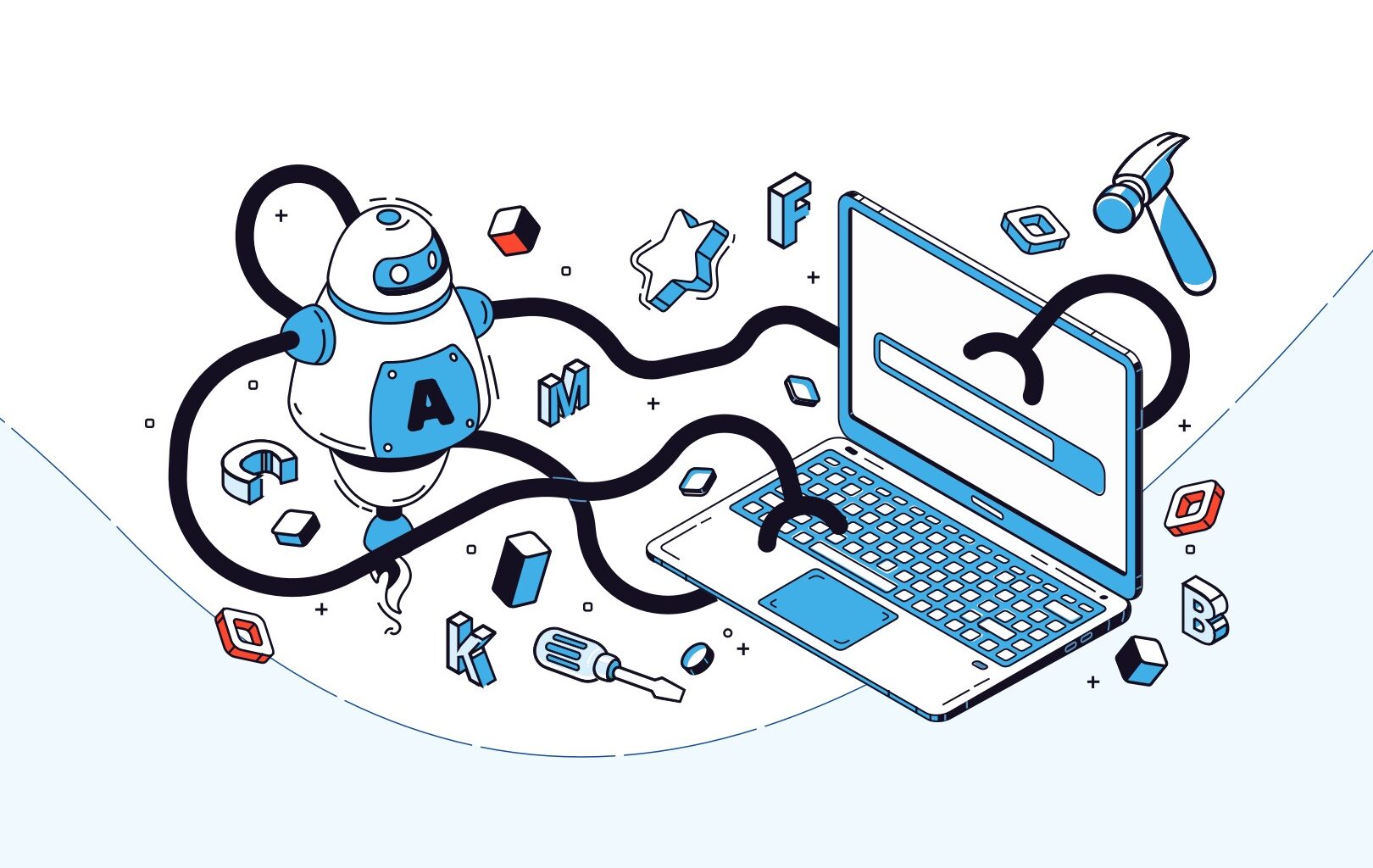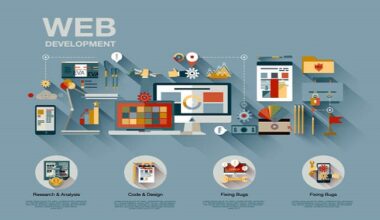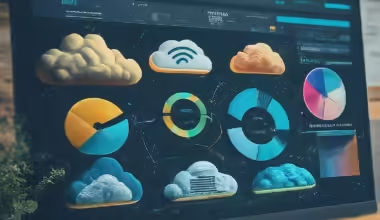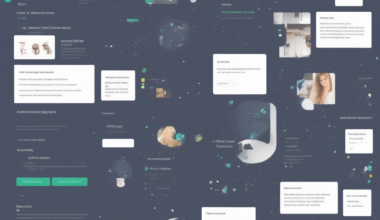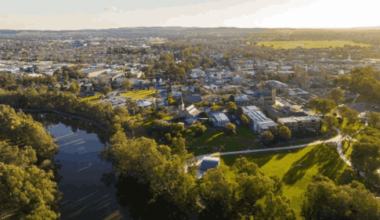a remarkable convergence is occurring between mechanics and biology, giving rise to the fields of bionics and robotics. The integration of these fields has sparked revolutionary advancements that go beyond traditional boundaries. In this article, we’ll delve into the realm of bionics and robotics, exploring their impact on web development learning. By understanding these cutting-edge technologies, we can foresee a future where mechanics and biology harmonize to reshape the way we learn web development.
Understanding Bionics and Robotics
Bionics, a blend of “biology” and “electronics,” involves studying nature’s design to create technologies that mimic living systems. Robotics, on the other hand, focuses on designing and building machines that can perform tasks autonomously or semi-autonomously. The synergy of bionics and robotics results in the creation of bio-inspired robots, which draw inspiration from natural organisms to solve complex challenges.
Key Points of Integration:
- Human-Machine Interaction: Bionics and robotics are driving the development of more intuitive and interactive learning experiences. Imagine a web development learning platform where users interact with a virtual mentor through a lifelike robot avatar, creating a personalized and engaging educational journey.
- Adaptive Learning Interfaces: Inspired by the human brain’s plasticity, bionically designed interfaces could adapt to each learner’s pace and preferences. These interfaces would offer tailored content delivery, fostering efficient web development learning.
- Haptic Feedback Learning: By integrating robotic haptic feedback systems, learners can physically experience web development concepts. This hands-on approach allows them to feel the effects of coding decisions, enhancing comprehension.
- Virtual Reality (VR) Integration: Bionically enhanced VR environments can immerse learners in realistic coding scenarios. Interactive bio-inspired avatars could guide students through coding challenges, making the learning process engaging and dynamic.
- Biomechanics in Interface Design: Drawing inspiration from the mechanics of natural organisms, web development interfaces could mimic the efficient movement of living organisms. This could lead to more ergonomic and intuitive design tools.
- Bioinformatics for Learning Analytics: Bionics can facilitate the integration of bioinformatics techniques, enabling the analysis of learners’ coding patterns and behaviors. This data-driven approach would refine teaching strategies for better results.
- Neuromorphic Computing: Bionically inspired neuromorphic chips could process information like the human brain, optimizing real-time feedback and enhancing the responsiveness of web development learning platforms.
- Gesture-based Coding: With the aid of robotics, learners could use gestures to input code, allowing for a more natural and expressive coding process. This approach could cater to diverse learning styles.
- Humanoid Coding Assistants: Web development learners might collaborate with humanoid robots that not only guide them through coding challenges but also learn from the students’ problem-solving strategies, creating a two-way educational experience.
- Ethical and Societal Implications: Integrating bionics and robotics raises ethical questions. Exploring the ethical dimensions of AI-guided learning and human-robot collaboration in web development is crucial for responsible technological integration.
Implications for the Future
The fusion of bionics and robotics in web development learning holds vast potential. Learners could experience a new level of engagement, harnessing the power of technology to understand complex coding concepts effortlessly. As these technologies evolve, web development learning platforms might incorporate adaptive AI, biometric sensors, and biofeedback mechanisms, culminating in a holistic learning experience.
Conclusion
The intertwining of mechanics and biology in the fields of bionics and robotics is ushering in a transformative era for web development learning. As educators, developers, and learners, embracing these advancements can unlock new avenues for interactive, immersive, and effective learning journeys. The synergy between these disciplines is setting the stage for a future where technology mirrors the beauty and efficiency of the natural world, enhancing the way we learn and create in the realm of web development.
